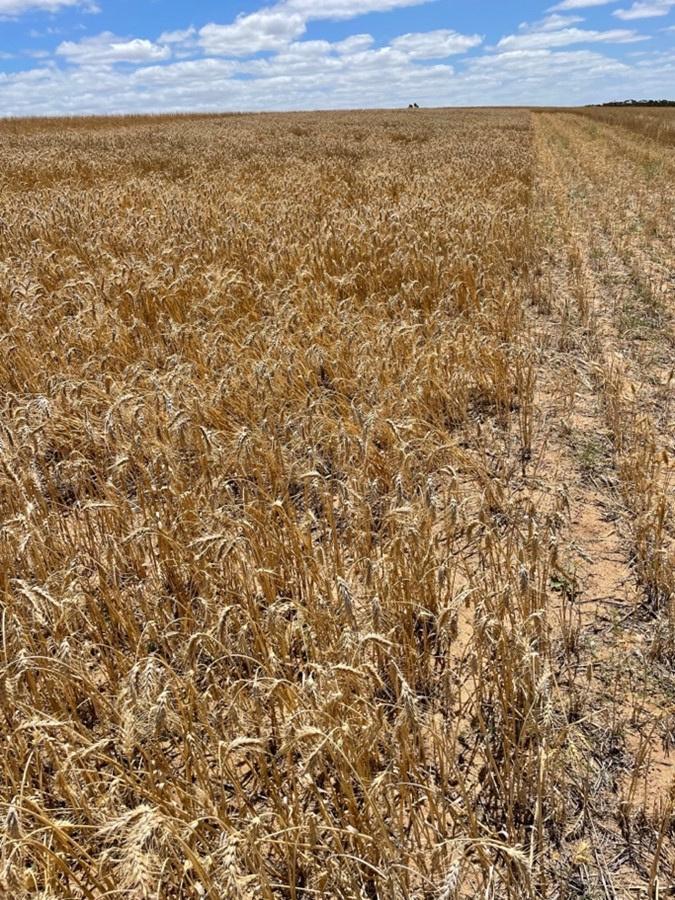
3 minute read
RobustGroundCover THEISSUEOFKEEPINGGROUND COVER ATAGLANCE
We all know how beneficial groundcover is for improving rainfall infiltration, reducing runoff and lowering erosion risk Retaining groundcover during drought means paddocks quickly regain production potential when the drought breaks and need less remediation than those that suffered erosion
Ofcourse, maintaining drought resilient groundcover in low rainfall environments is always a challenge In drier years there is simply less biomass to become protective stubble More legumes in rotations have had many agronomic benefits such as building soil nitrogen and disease control but means limited stubble after harvest
It’s tough, but there are more options on the horizon to help farmers keep groundcover in dry periods
Since 2021 six projects have been underway that explore practices and technologies to maximise groundcover in the system yearround Supported through $25 million in funding from the Australian Government Future Drought Fund, the projects cover a range of strategies that improve crop establishment and reduce stubble disturbance and degradation at multiple points throughout the season:
Seeding – seed priming to help seeds germinate in low moisture conditions
Crop establishment - long coleoptile wheat to sow into subsoil moisture rather than having to wait for the autumn break Harvest – strip and disc systems
Stripper front harvesting to maximise the proportion of standing crop residue with disc seeders to seed into the standing stubble
Grazing – virtual fencing to easily manage grazing pressure Soil amelioration options – ameliorating in strips to keep protective stubble and minimise erosion risk Amelioration also often leads to more biomass and therefore more stubble
These projects were chosen because the technology is either already in use in other regions (and needs assessing and adapting to suit low rainfall environments) or is close to market
Seed priming is commercially available overseas and for some horticulture crops in Australia but needs work to adapt for grain crops in Australia Long coleoptile wheat is used commercially overseas but is in the test phase in Australia Strip and disc systems are currently used in high rainfall areas in Australia Virtual fencing trials are well underway and are expected to be commercially available soon Soil amelioration is becoming standard practice where it’s needed but working in narrow strips (strip amelioration) needs assessing
Trial sites have been established in the SA Mallee, Vic Mallee, NSW Mallee and the Eyre Peninsula
Jump on to the MSF website to find the latest newsletter that summarises what the trials found in 2022 and the plans for 2023 Growers and advisers are welcome to visit the sites
Partners: Mallee Sustainable Farming, AIREP, UniSA, CSIRO, EPAG Research, SARDI, Frontier Farming Systems

This project received funding from the Australian Government's Future Drought Fund.





